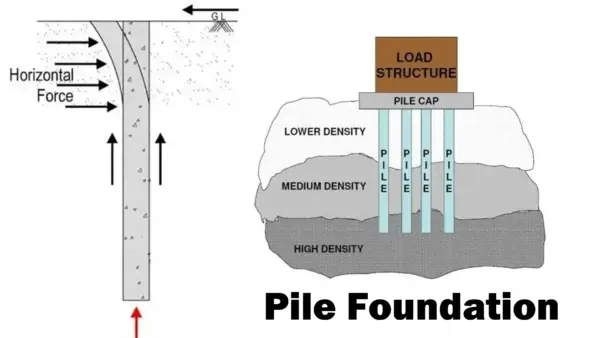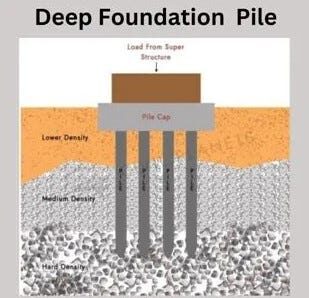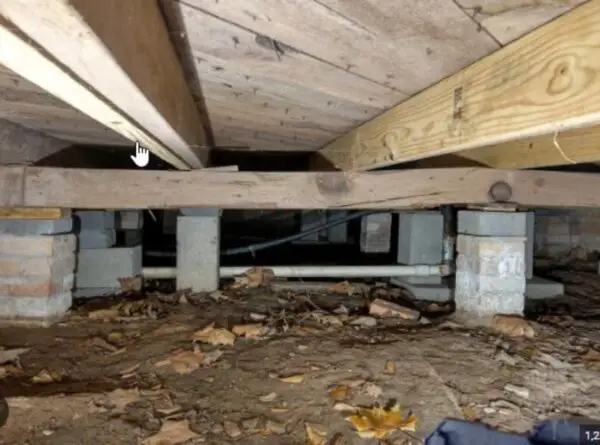Proper foundation filling with correctly compacted soil materials creates a solid base for building stable, crack-free structures.
A robust foundation is crucial for any new construction, whether it’s a residential building, commercial high-rise, or civil infrastructure project.
While structural elements like reinforced footings, piles, and foundation walls provide the backbone, the gap filling or backfilling inside the foundation is equally important.
Foundation filling provides drainage, moisture barriers, stability of walls, and most importantly – an even, long-lasting support base for the above-ground structure.
When building a house or any structure, having a solid foundation is crucial to ensure stability and prevent settling issues down the road.
One important but often overlooked aspect of laying a strong foundation is proper foundation filling and compaction.
After the foundation walls and footings have been constructed, but before the slab or framed floors go in, the area within the foundation walls needs to be backfilled and compacted.
Foundation filling refers to the addition and compaction of dirt or aggregate material like gravel to fill the void interior of the foundation walls up to the level of the footings or bottom of the concrete slab.
Proper filling and compaction of foundation voids serve several purposes.
First, it provides solid lateral bracing and support to the foundation walls, preventing them from shifting inwards.
Second, it creates an even and level base for the floor slab to be poured on.
And third, it creates a capillary break underneath the slab or crawlspace floor which helps prevent moisture from wicking up from the soil and seeping into the structure.
Using the right foundation filling material, filling in precise lifts, and properly compacting with the ideal equipment are all key factors that professional foundation contractors understand for constructing long-lasting, trouble-free foundations.
Types of Foundation Filling
Foundation voids may be filled with a variety of fill materials including:
- Sand fill – Common for simple foundations with no basement. Must meet gradation, composition, and compaction criteria.
- Aggregate base – Layers of compacted gravel used for reinforced slabs and highway bases.
- Lean concrete – Weak concrete mix used where compressive strength is non-critical.
- Pea gravel – Free draining layers for moisture control.
- Geo-grid reinforced fill – Soil strengtheners for improved stability.
Engineers specify the optimal fill type and sequence based on:
- Soil conditions
- Water table level
- Intended building use
- Susceptibility for cracks

Foundation Fill Materials
While sand and aggregate fill are most popular, the best soil choice depends on the site and floors above:
- Granular fills like clean sharp sand or crushed stone offer high stability under heavy floor loads.
- Concrete floor slabs require uniform compaction and minimal settling. A lean concrete backfill prevents voids.
- Moisture sensitive buildings need a capillary break – a layer of coarse fill material like pea gravel.

Other considerations are on-site availability, cost, and reuse of excavated soils.
Sand Specifications for foundation filling
For sand filling, key metrics per American Society for Testing and Materials (ASTM) Standards include:
- Gradation – particle size distribution with limited fines
- Maximum moisture and organic content
- Shear strength parameters
- pH level between 5 and 10
Sand fill lifts should be compacted to ≥ 95% standard Proctor density.
Compaction Methods
Controlled compaction is equally important as good foundation filling material for:
- Minimizing settlement
- Preventing water retention
- Providing uniform stability
Compaction equipment includes:
- Rammer tampers – For compaction of cohesive soils and confined areas. Achieve high impact energy.
- Small equipment like walk-behind rollers and jumping jacks for accessibility.
- Vibratory rollers and plates – Best for granular soils and deep fills. High frequency vibrations rearrange particles into a denser state. Effective for cohesion less soils.
The number of passes, lift thickness, and moisture levels need strict control as per project specifications. Field density tests track compaction quality.

Backfilling Procedure
Backfilling is the process of filling and compacting layers of engineered fill material within the foundation.
A methodical procedure ensures stability:
- Preparation – The excavation bed is leveled, free of debris and loose soil. The bearing surfaces, footings or foundation walls are protected. Drainage provisions like perforated pipes are installed.
- Placement – Fill material meeting the specifications is placed in thin horizontal layers called lifts using equipment like bulldozers. Lift thickness varies from 6-18 inches based on compaction equipment size. Granular soils may use thicker lifts.
- Moisture Control – The moisture content of the fill material is adjusted to meet compaction requirements. Water is added and mixed thoroughly in case of dry soils. Wet soils may require aeration before placement.
- Compaction – Each lift undergoes controlled field compaction through latest equipment until the desired density standard is achieved.
- Quality Checks – Field density and moisture content are tested randomly for each compacted layer before adding the next. Frequency and locations follow project guidelines like 1 test per 50 sqm area or 10,000 cubic ft volume.
- Final Grades – The process continues sequentially until the backfill reaches the final elevation as per structural drawings. The compacted fill provides the artificial foundation bed for slabs or pavements.
With right fills, methodical placement, and standardized compaction control, foundation filling provides the necessary strong, rigid, crack-free support for structures.






